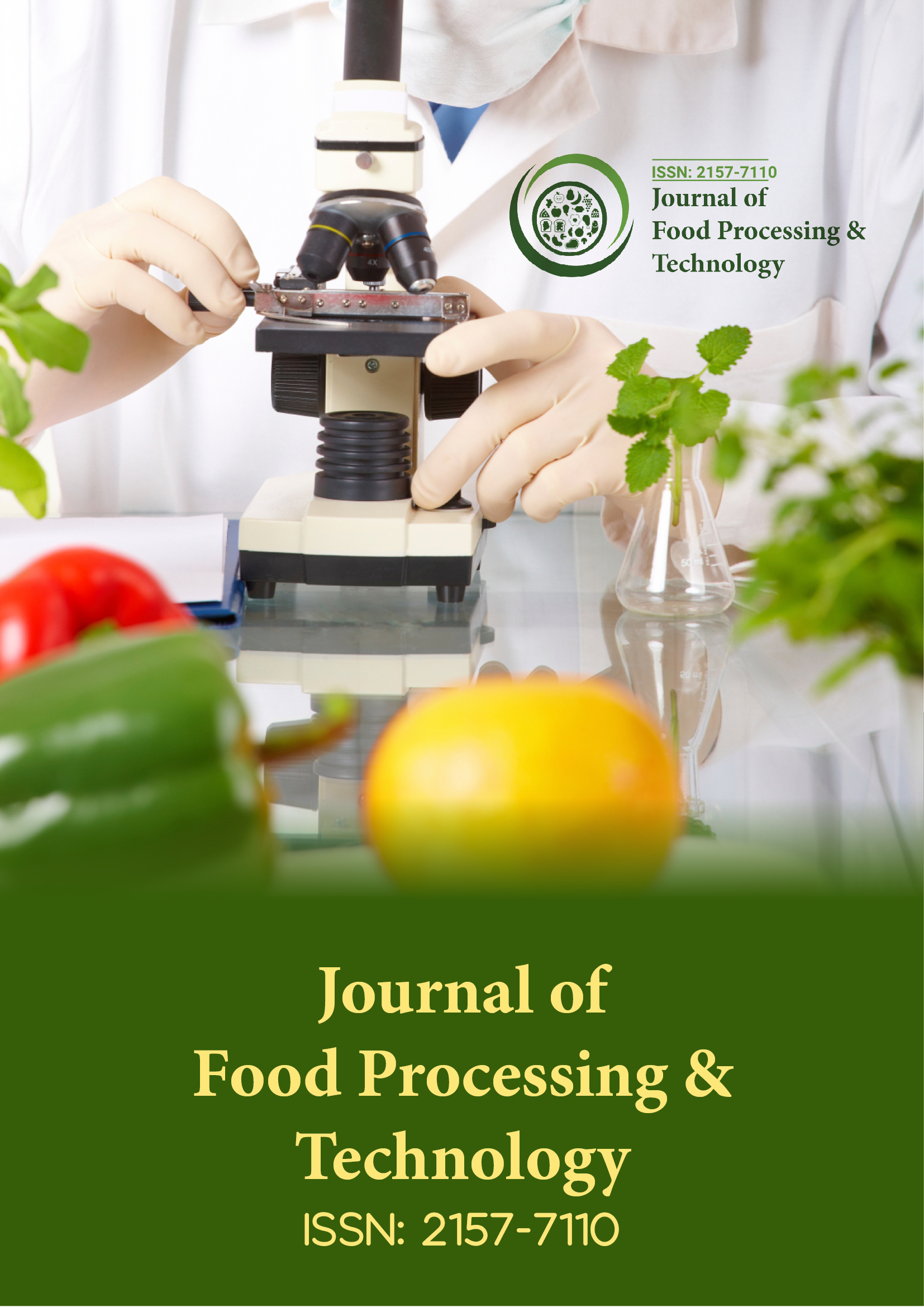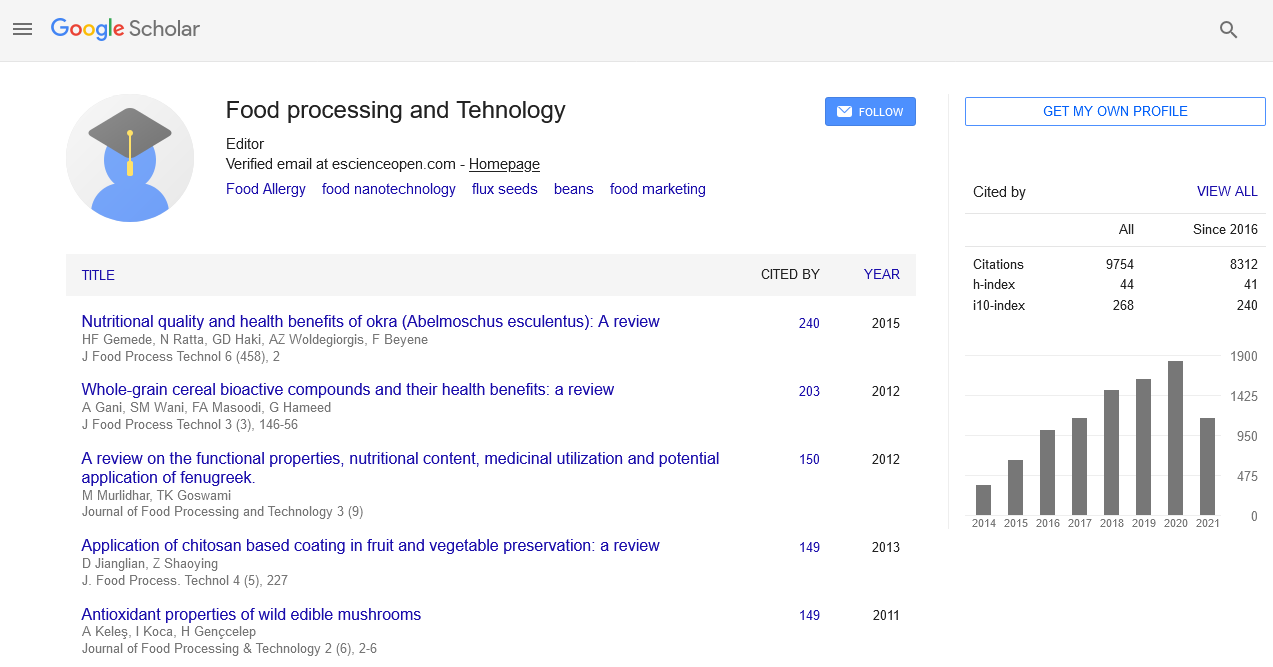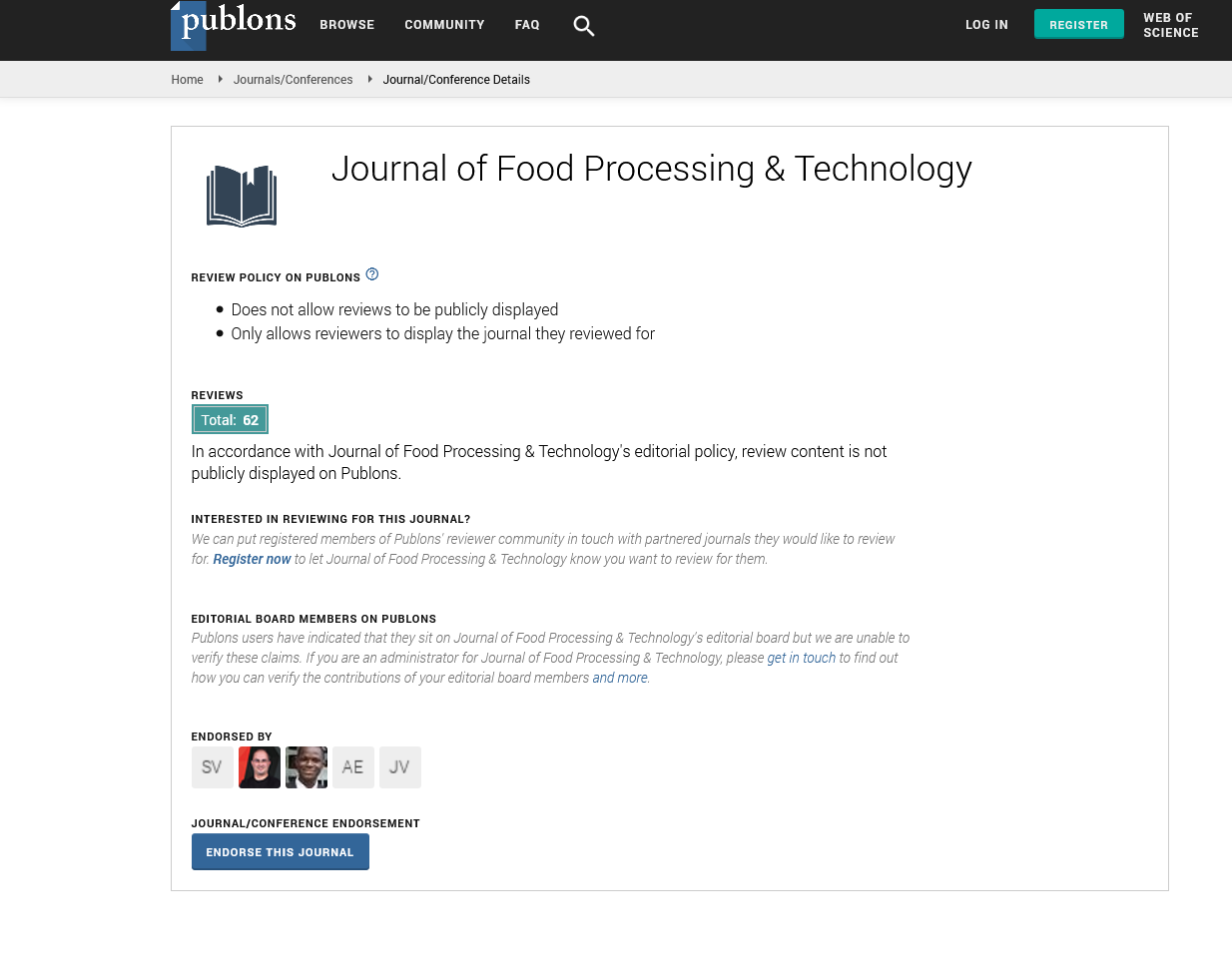Indexed In
- Genamics JournalSeek
- Academic Keys
- JournalTOCs
- China National Knowledge Infrastructure (CNKI)
- Access to Global Online Research in Agriculture (AGORA)
- Centre for Agriculture and Biosciences International (CABI)
- RefSeek
- Directory of Research Journal Indexing (DRJI)
- Hamdard University
- EBSCO A-Z
- OCLC- WorldCat
- Scholarsteer
- SWB online catalog
- Publons
- Euro Pub
- Google Scholar
Useful Links
Share This Page
Journal Flyer

Open Access Journals
- Agri and Aquaculture
- Biochemistry
- Bioinformatics & Systems Biology
- Business & Management
- Chemistry
- Clinical Sciences
- Engineering
- Food & Nutrition
- General Science
- Genetics & Molecular Biology
- Immunology & Microbiology
- Medical Sciences
- Neuroscience & Psychology
- Nursing & Health Care
- Pharmaceutical Sciences
Abstract
Quality and Therapeutic Aspect of Camel Milk: A Review
Desta Dugassa Fufa
Camel rearing sub-sector has been an integral part of agriculture in Africa, Ethiopia. It has been contributing to the household food, income and poverty alleviation and national economy through export. The country has huge camel resources and made it the fourth leading country camel milk in the world. The uniqueness as food security “second god”, and medicinal qualities of camel milk. In most camel rearing societies, camel milk is mainly consumed in its raw state without being subjected to any sort of processing treatment. Although camel’s milk is known for its various economic and health benefits, unlike the live camel, there is no processing industry, quality and typically not available in pharmacies and also lack awareness market value for it in Ethiopia. Therefore, the consumption of raw state camel milk is a major concern from public health. The milk produced is likely to cause food-borne diseases and the natural antimicrobial factors can only provide limited protection against specific pathogens. However, only little is known about camel milk quality and therapeutic uses or limited researches have been done on nutritional characteristics. In this review, the physicochemical quality, microbial quality, preservation method, therapeutic uses, sensory quality and the factors affecting the chemical composition and processing characteristics of camel milk is a big deal. Therefore, camel milk is unique from other ruminant milk in terms of chemical composition as well as functionality as it contains a high concentration of immunoglobulins and insulin. Processing into different value-added products that determine the shelf life of fresh camel milk will be increased in the cottage and medium industries.
Published Date: 2021-09-03; Received Date: 2021-07-23


